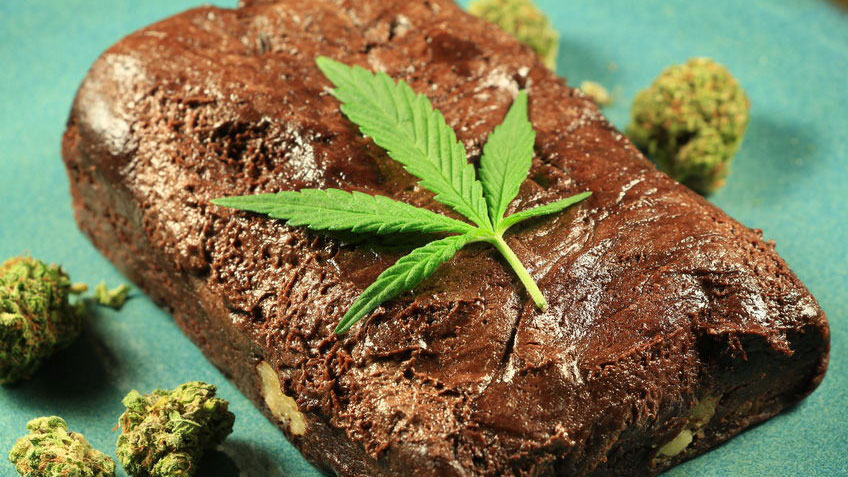Bacteria in swiss cheese
Bacteria In Swiss Cheese. Propionic acid bacteria are usually found in Swiss-type cheeses where they grow during ripening and contribute to the characteristic flavour and appearance of these cheeses. This theory was developed by William Mansfield Clark a Department of Agriculture chemist in 1912. Swiss cheese and Gouda to a lesser degree have pronounced eye hole formation due to the action of certain bacteria. This bacteria is present in the milk and it is removed by the process of pasterurization.
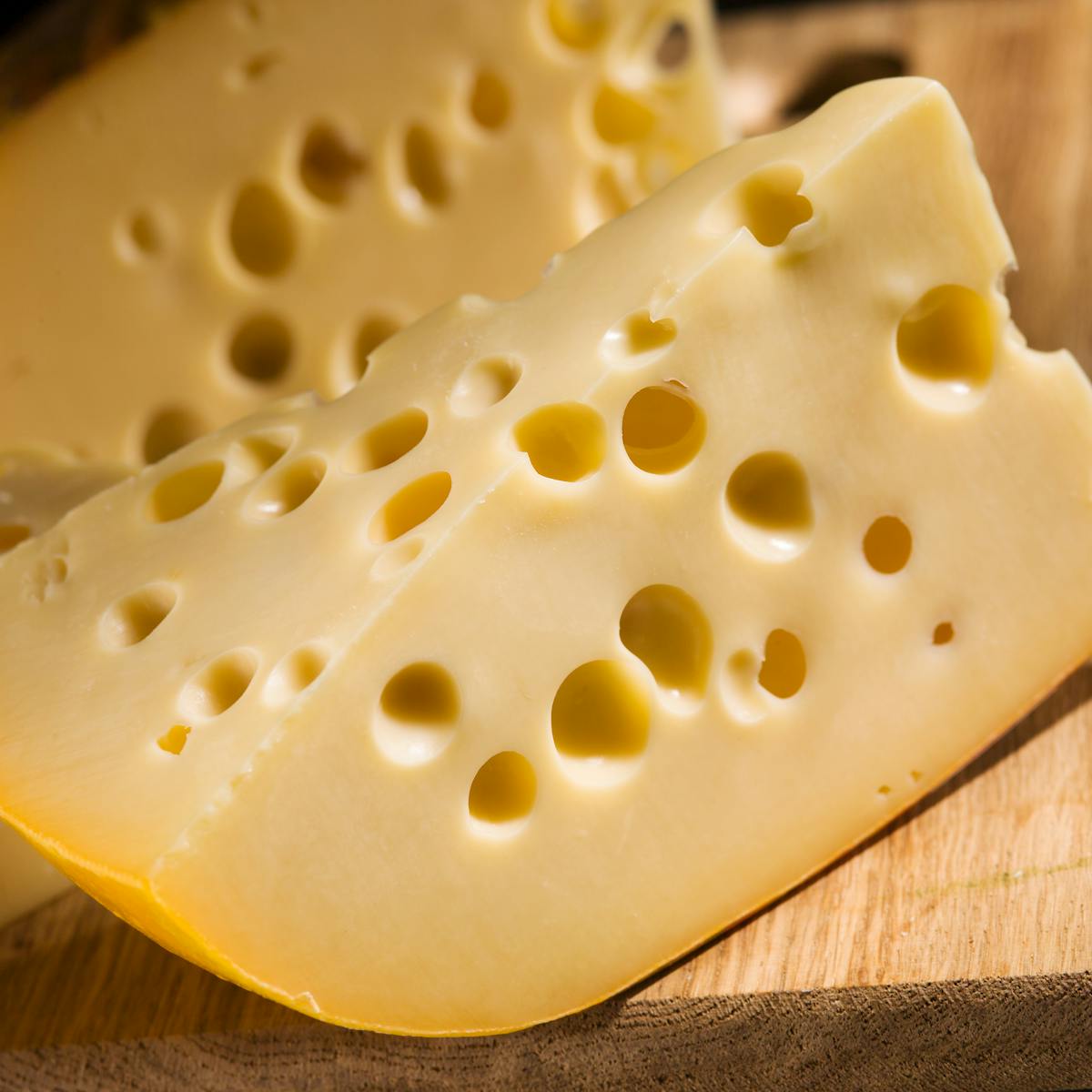 Why Does Swiss Cheese Have Holes From theconversation.com
Why Does Swiss Cheese Have Holes From theconversation.com
Steinerberg - Käserei Vogel AG has detected bacteria in the cheese and the production facility as part of internal controls. Their primary contribution is their ability to metabolise lactic acid present in the cheese curd. The food scandal in the Wilke case in 2019 showed the dangers posed by the bacteria. Lactic acid bacteria generally show only limited lipolytic activity. Listeria were found in a Swiss cheese dairy. In contrast PAB have a high strain-dependent lipolytic activity.
The products of this fermentation include propionic acid which is one of the characteristic flavors of Swiss cheese and CO 2.
The bacteria can sometimes be fatal. Generic Emmental cheeses and other Swiss-type cheeses are produced in large quantities worldwide by the use of a culture of selected propionic acid bacteria. Streptococcus salivarius subspecies thermophilus Lactobacillus Lactobacillus helveticus or Lactobacillus delbrueckii subspecies bulgaricus and Propionibacterium Propionibacterium freudenreichii. Some well-known microorganisms involved in the manufacture and ripening of cheese are considered including starter bacteria and nonstarter lactic acid bacteria enterococci micrococci. The bubbles dont just disappear they form little air pockets resulting in the holes of the Swiss cheese. Other compounds formed as a result of fermentation contribute in flavour development.
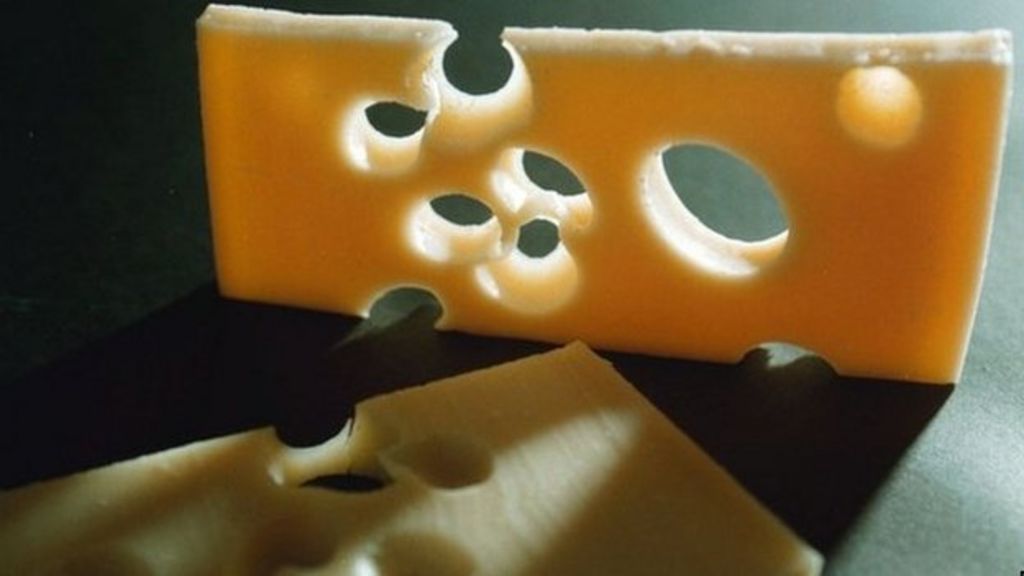 Source: bbc.com
Source: bbc.com
The bubbles dont just disappear they form little air pockets resulting in the holes of the Swiss cheese. Propionic acid bacteria are usually found in Swiss-type cheeses where they grow during ripening and contribute to the characteristic flavour and appearance of these cheeses. The food scandal in the Wilke case in 2019 showed the dangers posed by the bacteria. Specifically there are three primary types of bacteria that are typically used to make Swiss cheese these can vary slightly depending on the manufacturer. The amount of free fatty acids found in Swiss.
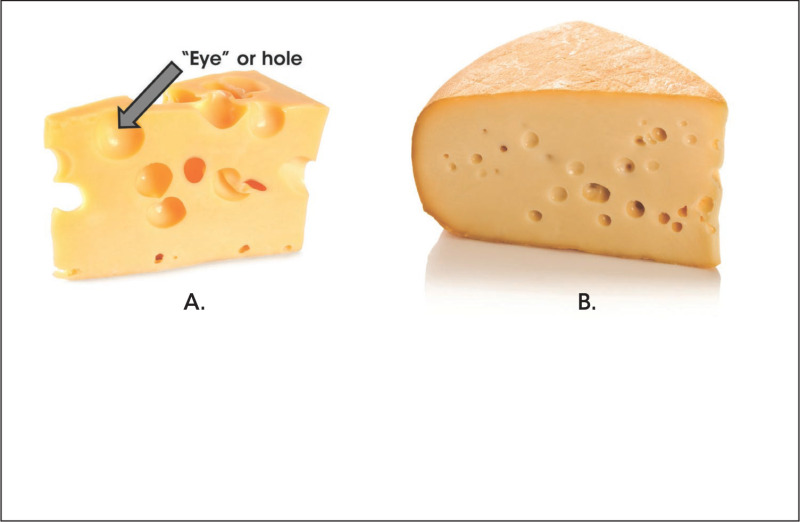 Source: ncbi.nlm.nih.gov
Source: ncbi.nlm.nih.gov
As a result industry regulators have limited the eye size by which Swiss cheese receives the Grade A stamp. Listeria were found in a Swiss cheese dairy. Keep in mind that raw cheese. Therefore several products are now being recalled. 10100 times more than lactic acid bacteria.
 Source: nationalinterest.org
Source: nationalinterest.org
Swiss cheese is ripened at 21C for eye formation and further aged at 10C for development of sweet nutty taste. Their primary contribution is their ability to metabolise lactic acid present in the cheese curd. Swiss cheese is ripened at 21C for eye formation and further aged at 10C for development of sweet nutty taste. Swiss cheese has a distinctive appearance as the blocks of the cheese contain big holes. As a result industry regulators have limited the eye size by which Swiss cheese receives the Grade A stamp.
 Source: thedailymeal.com
Source: thedailymeal.com
As a result industry regulators have limited the eye size by which Swiss cheese receives the Grade A stamp. Swiss cheese and Gouda to a lesser degree have pronounced eye hole formation due to the action of certain bacteria. Up until very recently it was thought that the holes in Swiss cheese came from bacteria that forms during the aging process. Specifically there are three primary types of bacteria that are typically used to make Swiss cheese these can vary slightly depending on the manufacturer. Listeria were found in a Swiss cheese dairy.
Source: insider.com
Generic Emmental cheeses and other Swiss-type cheeses are produced in large quantities worldwide by the use of a culture of selected propionic acid bacteria. Up until very recently it was thought that the holes in Swiss cheese came from bacteria that forms during the aging process. Freundenreichii ferments the lactic acid present after the growth of the lactic acid bacteria. The bacteria can sometimes be fatal. In general the larger the eyes in a Swiss cheese the more pronounced its flavor because a longer fermentation period gives the bacteria more time to act.
 Source: thespruceeats.com
Source: thespruceeats.com
As a result industry regulators have limited the eye size by which Swiss cheese receives the Grade A stamp. 10100 times more than lactic acid bacteria. The bacteria can sometimes be fatal. Propionic acid bacteria are usually found in Swiss-type cheeses where they grow during ripening and contribute to the characteristic flavour and appearance of these cheeses. Three types of bacteria are used in the production of Emmental cheese.
 Source: sciencedirect.com
Source: sciencedirect.com
The amount of free fatty acids found in Swiss. Therefore several products are now being recalled. Propionic acid bacteria are usually found in Swiss-type cheeses where they grow during ripening and contribute to the characteristic flavour and appearance of these cheeses. Other compounds formed as a result of fermentation contribute in flavour development. Swiss cheese is ripened at 21C for eye formation and further aged at 10C for development of sweet nutty taste.
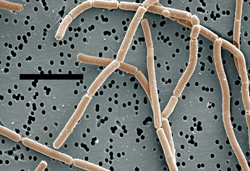 Source: microbewiki.kenyon.edu
Source: microbewiki.kenyon.edu
Other compounds formed as a result of fermentation contribute in flavour development. This bacteria is present in the milk and it is removed by the process of pasterurization. Shermanii is a specific bacterium that converts lactic acid into carbon dioxide propionic acid and acetic acid. In general the larger the eyes in a Swiss cheese the more pronounced its flavor because a longer fermentation period gives the bacteria more time to act. Production of carbon dioxide by propionic acid bacteria bacteria which utilises propionic acid leads to formation of eyes gas holes.
 Source: sbs.com.au
Source: sbs.com.au
Some well-known microorganisms involved in the manufacture and ripening of cheese are considered including starter bacteria and nonstarter lactic acid bacteria enterococci micrococci. 10100 times more than lactic acid bacteria. Propionic acid bacteria are usually found in Swiss-type cheeses where they grow during ripening and contribute to the characteristic flavour and appearance of these cheeses. Other compounds formed as a result of fermentation contribute in flavour development. Specifically there are three primary types of bacteria that are typically used to make Swiss cheese these can vary slightly depending on the manufacturer.
 Source: pinterest.com
Source: pinterest.com
Steinerberg - Käserei Vogel AG has detected bacteria in the cheese and the production facility as part of internal controls. Three types of bacteria are used in the production of Emmental cheese. Keep in mind that raw cheese. In general the larger the eyes in a Swiss cheese the more pronounced its flavor because a longer fermentation period gives the bacteria more time to act. The sources of lipolysis in Swiss-type cheese are bacterial lipases and the lipoprotein lipase from milk which is thermolabile and therefore the activity is reduced by cooking temperatures over 50C or eliminated by pasteurization of the cheese milk.
 Source: theconversation.com
Source: theconversation.com
Shermanii is a specific bacterium that converts lactic acid into carbon dioxide propionic acid and acetic acid. Steinerberg - Käserei Vogel AG has detected bacteria in the cheese and the production facility as part of internal controls. Streptococcus salivarius subspecies thermophilus Lactobacillus Lactobacillus helveticus or Lactobacillus delbrueckii subspecies bulgaricus and Propionibacterium Propionibacterium freudenreichii. This occurs by the action of lactic acid which is formed during the starter culture. The bacteria help in the breaking down of protein which in turn gives flavor to cheese.
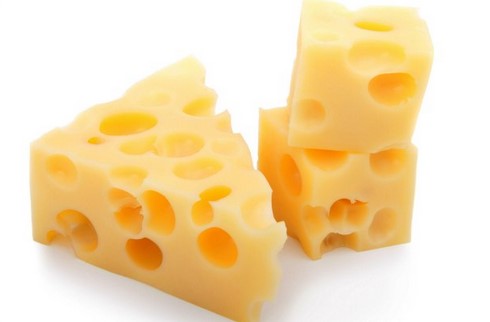 Source: steemkr.com
Source: steemkr.com
This specific type of bacteria is unique to Swiss cheeses due to the type of starter used and the precise temperature the cheese wheels are stored at during the. This bacteria is present in the milk and it is removed by the process of pasterurization. The bacteria can sometimes be fatal. Production of carbon dioxide by propionic acid bacteria bacteria which utilises propionic acid leads to formation of eyes gas holes. Streptococcus salivarius subspecies thermophilus Lactobacillus Lactobacillus helveticus or Lactobacillus delbrueckii subspecies bulgaricus and Propionibacterium Propionibacterium freudenreichii.
 Source: bloomberg.com
Source: bloomberg.com
Swiss cheese is ripened at 21C for eye formation and further aged at 10C for development of sweet nutty taste. This theory was developed by William Mansfield Clark a Department of Agriculture chemist in 1912. Swiss cheese and Gouda to a lesser degree have pronounced eye hole formation due to the action of certain bacteria. The products of this fermentation include propionic acid which is one of the characteristic flavors of Swiss cheese and CO 2. The sources of lipolysis in Swiss-type cheese are bacterial lipases and the lipoprotein lipase from milk which is thermolabile and therefore the activity is reduced by cooking temperatures over 50C or eliminated by pasteurization of the cheese milk.
 Source: smithsonianmag.com
Source: smithsonianmag.com
Listeria were found in a Swiss cheese dairy. Listeria were found in a Swiss cheese dairy. Their primary contribution is their ability to metabolise lactic acid present in the cheese curd. Let us now find out the bacteria that help in making different types of Swiss cheese. Specifically there are three primary types of bacteria that are typically used to make Swiss cheese these can vary slightly depending on the manufacturer.
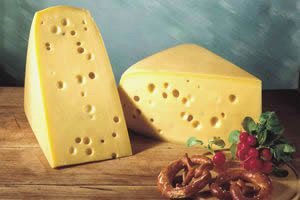 Source: todayifoundout.com
Source: todayifoundout.com
Their primary contribution is their ability to metabolise lactic acid present in the cheese curd. In contrast PAB have a high strain-dependent lipolytic activity. This bacteria is present in the milk and it is removed by the process of pasterurization. This specific type of bacteria is unique to Swiss cheeses due to the type of starter used and the precise temperature the cheese wheels are stored at during the. Swiss cheese is ripened at 21C for eye formation and further aged at 10C for development of sweet nutty taste.
If you find this site adventageous, please support us by sharing this posts to your favorite social media accounts like Facebook, Instagram and so on or you can also save this blog page with the title bacteria in swiss cheese by using Ctrl + D for devices a laptop with a Windows operating system or Command + D for laptops with an Apple operating system. If you use a smartphone, you can also use the drawer menu of the browser you are using. Whether it’s a Windows, Mac, iOS or Android operating system, you will still be able to bookmark this website.




